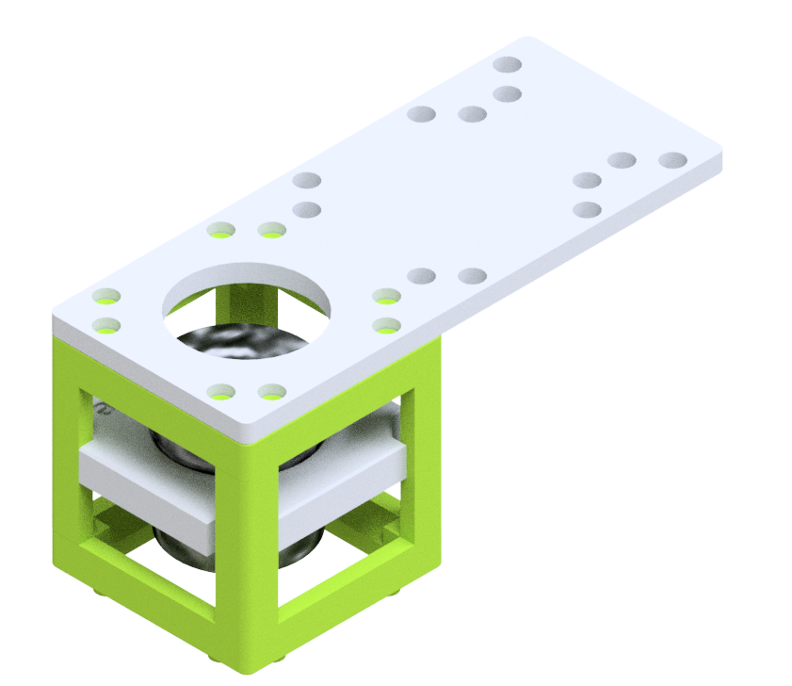coreBOX
NEW
Overview
The CoreBox is your entry point into the world of light. With a set of modular cubes, lenses, and mirrors, you can build everything from simple telescopes to projectors and even your first smartphone microscope. Designed as the foundation of the Discovery Line, the CoreBox makes optics tangible, repairable, and endlessly expandable.
Just as Arduino democratized electronics, the CoreBox democratizes optics: intuitive, modular, and open-source.Same platform, next level – extend any Core setup without replacing parts.
Modular system – UC2 cubes host lenses, mirrors, and optical components. Snap them together to create optical setups in minutes.
From basics to microscopes – start with simple experiments (focal length, image formation), then scale to telescopes and microscopes.
Smartphone integration – capture, analyze, and share your own images using the included phone adapter.
Scalable & repairable – print new cubes or swap lenses as you iterate. Nothing becomes obsolete.
Community-driven – join hundreds of educators, students, and makers sharing new modules, upgrades, and experiments.

KEY Experiements
| Experiment | What you learn | Typical outcome |
|---|---|---|
| Projector | Learn the properties of different lenses and how you can form a magnified image | Take a microscopic object and project that so that everybody can watch it. |
| Telescope | Combine multiple lenses to form an optical system with enhanced properties. | Magnify far-away optics with a combination of lenses that either rotate the object or keep its orietnation. |
| Smartphone Microscope | Use your smartphone, some lenses and objective lenses to create a research-grade microscope for the field | Create micrographs of microscopic objectives with an inverted microscope and share it among your social media people. With additional tools you can convert this into a fluorescence microscope, too. |

Core
Solution
With Core we present a modular optics educational kit in which optics becomes tangible. Starting with the core elements, you learn the function of lenses, mirrors and objectives before the individual modules are assembled into complex optical setups such as telescopes and microscopes. Not only do you learn the basic physical principles in a playful way, but you also directly expand your biological knowledge by imaging self-fabricated or your own biological samples. With your own mobile phone, you can directly take the picture of the sample and take your first steps as a data scientist by processing this raw data.
What's inside the coreBOX
Cubes & Optics
- 2 × 45° Mirror (fixed, front surface)
- 2 × 50 mm Lens
- 1 × 100 mm Lens
- 1 × –50 mm Lens
- 1 × Eyepiece
- 1 × RMS Objective Lens (4×, NA = 0.1)
Adapters & Holders
- 1 × Universal Smartphone Carrier
- 1 × Sample Mount
- 1 × Z-stage (25 mm travel)
Accessories
- 10 × Puzzle Base-Plates
- 2 × Prepared Samples in 1 × Sample Box
- Sample Preparation Kit
- 1 × LED Torch
- Lens Cloth
- M3 Screwdriver
- QR Code with tutorials & open-source documentation


Core
Challenge-based learning
A recent study from the University Eindhoven used the openUC2 setups to challenge students to build optical systems to solve real-world problems. They benefitted from a steap learning curve and the open nature of this setup.
Core Toolbox
contains

Tutorials & documentation
All tutorials are open-source at openuc2.github.io/docs.




















